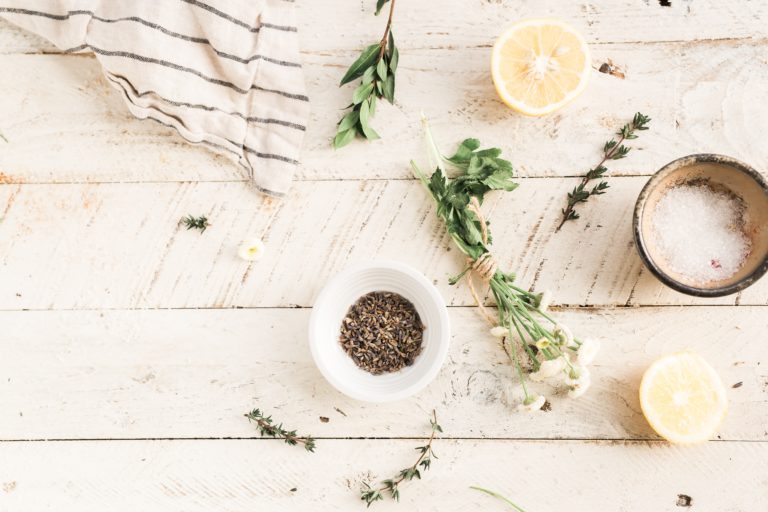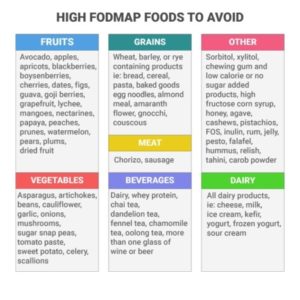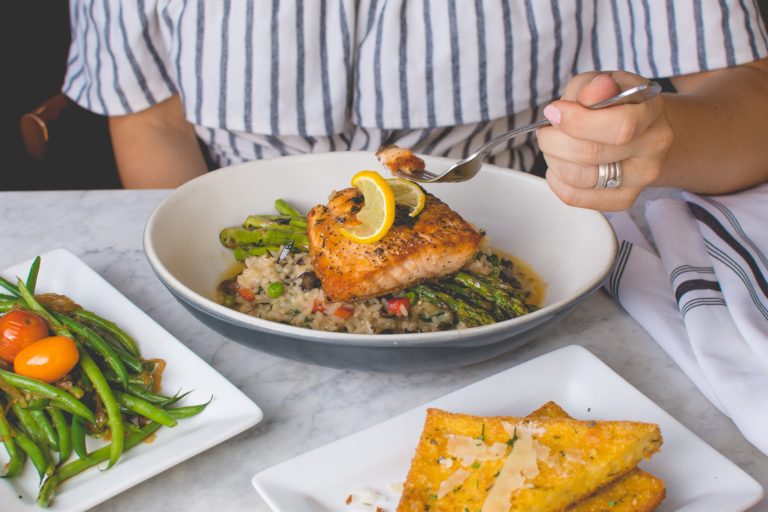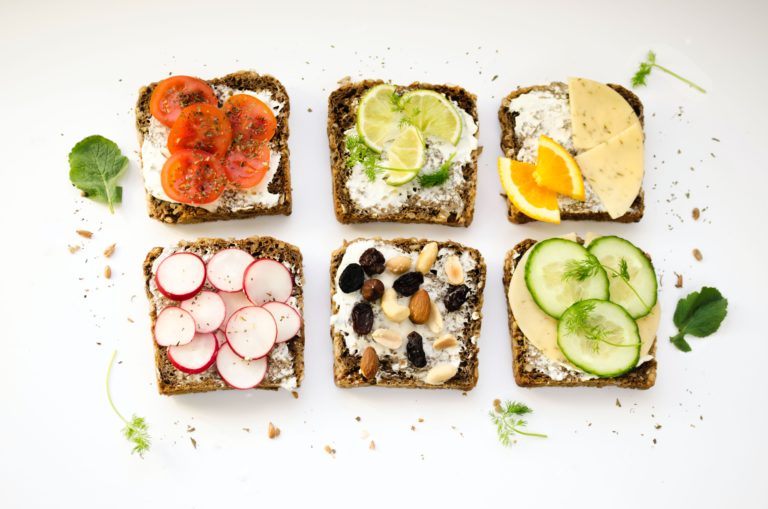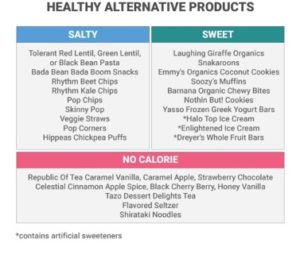Excerpt from Enlightened Weight Loss
The general idea of meditation is to set aside time each day to quiet your mind and to let go of everything. A time to appreciate life in its purity. In the beginning, it will take a lot of practice to let go of the constant chatter, but will be the best thing you can do for yourself. To lose weight, be happy, more relaxed, and more productive. It might make you feel like you’re thinking clearly for the first time in your life.
Unfortunately, there are a lot of misconceptions about meditation. After months of resistance, I had a patient admit to me that she hadn’t tried it yet because she heard it would open her mind up to evil spirits. I spent the rest of the session convincing her that she won’t become possessed.
I have other patients who have never tried meditation because they thought that they would need to sit Indian style on the floor and chant mantras. However there are more ways than one, and you will do what feels most comfortable for you.
There are many ways to meditate, and you don’t have to be a hippie to do so. In fact, almost all of the 200 industry leaders interviewed in Tim Ferriss’ book Tools of the Titans meditate every morning.
On a personal note, meditation has single-handedly transformed my life and my consciousness. Long gone are the days of procrastinating, losing focus, feeling anxious, or looking to food for comfort. It’s given me complete authority of my thoughts and emotions.
I know how essential meditation is to happiness and therefore to the ability to adhere to a weight loss plan. I urge everyone I know to make it a habit, regardless of their level of skepticism.
How Meditation Helps With Cravings, Overeating, And Emotional Eating
Increased Dopamine
When you have a craving, it is because your reward center is looking for pleasure in the form of dopamine, however it does not necessarily need it from chips or cookies. Meditation triggers the release of dopamine in the same way as food, drugs, or shopping. However it’s not fattening or expensive.
Improved Focus
Sometimes when you have a craving, you need to focus on something else until it passes. Otherwise, you won’t be able to stop thinking about the food until you eat it. Meditation helps by strengthening the neural pathways that are responsible for focus. This makes it much easier to steer your mind away from the craving or the negative thoughts that are causing it.
Improved Mood And Relationships
Meditation has been shown to alleviate depression and anxiety by increasing dopamine and shrinking the part of the brain that is responsible for negative and wandering thoughts. It also improves your ability to communicate and makes you more empathetic, which naturally improves your relationship with friends, family, partners, and coworkers. Tension in any of those relationships is a common source of stress. With an improved mood and improved relationships, you’re much less likely to use food as a crutch.
Improved Awareness, Memory, and Cognition
Meditation changes the structure of your brain in a way that improves awareness, memory, and cognition which helps in many ways. Having more awareness will keep you from ignoring your hunger signals which usually leads you to be starving by lunchtime, and making bad decisions. Improved awareness can prevent you from snacking mindlessly, eating too quickly, and ignoring the fact that you are already full.
An improved memory will prevent you from doing things like forgetting to bring your lunch or afternoon snacks to work, which is an unexpectedly common barrier to weight loss. Improved cognition and memory will also make you more efficient at work, which will inevitably reduce stress.
Prevent Eating Out Of Boredom
One of the most common barriers to weight loss is wanting to eat when you’re bored. Usually, we try to fill in downtime with television, eating, drinking, or scrolling through our phones. Anything to keep us from being bored, thinking about our to-do lists, or letting our minds conjure up any negative thoughts that it can find.
Sometimes even those distractions aren’t strong enough if you’re too stuck in your head. After you’ve been meditating for some time, your mind will be quieter, and it’ll be easier to focus and enjoy those activities. Practicing meditation will also give you something productive and enjoyable to do with your downtime.
Improved Sleep
Not getting enough sleep will make you more hungry than usual. It’s common to use food for energy when you’re feeling tired. Meditating before bed, or consistently, will help you fall asleep and stay asleep throughout the night.



